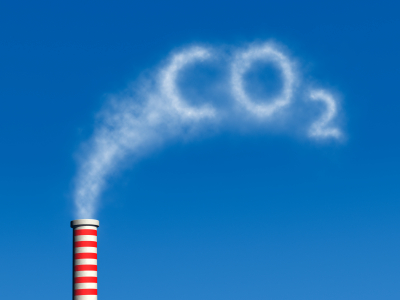 A comment was recently passed to us from a planning authority regarding one of our wind turbine applications. A member of the public had asked what the carbon cost of a wind turbine was in comparison to the claimed savings.
A comment was recently passed to us from a planning authority regarding one of our wind turbine applications. A member of the public had asked what the carbon cost of a wind turbine was in comparison to the claimed savings.
To answer this we first need to assess the relative “costs” of energy generating technologies. A 2011 Government report gives us the following numbers which represent the amount of CO2 released during the manufacture, delivery, installation, operation and decommissioning of each major technology expressed in grams of CO2 per kwh generated:
| Technology | Lifetime Cost in gCO2/kWh |
| Nuclear | 5 to 7 |
| Wind | 5 to 20 (includes micro, onshore & offshore) |
| Wave/Tidal | 12 to 39 |
| Solar PV | 75 to 116 |
| Biomass | 60 to 550 |
| Gas | 365 to 488 |
| Oil | 650 |
| Coal | 786 to 990 (includes use of carbon capture & storage) |
The particular wind turbine in question (a Vestas V52 on 74m tower) with an average windspeed of 6.8m/s should be on the lower range of costs associated with wind energy, but for fairness we will choose a value a 10gCO2/kwh. Annual generation output is predicted to be around 2,000MWh.
So the total lifecycle CO2 “cost” can be calculated as below:
2,000,000 (kWh) x 20 (years) x 10 (gCO2/kWh) = 400 metric tonnes of CO2
Now let’s look at the total lifecycle CO2 “saving” by calculating the CO2 released if we were to produce the same amount of electricity using existing UK powerplant. The Government publish the CO2 cost of UK grid electricity as 540gCO2/kWh, so the calculation is:
2,000,000 (kWh) x 20 (years) x 540 (gCO2/kWh) = 21,600 metric tonnes of CO2
